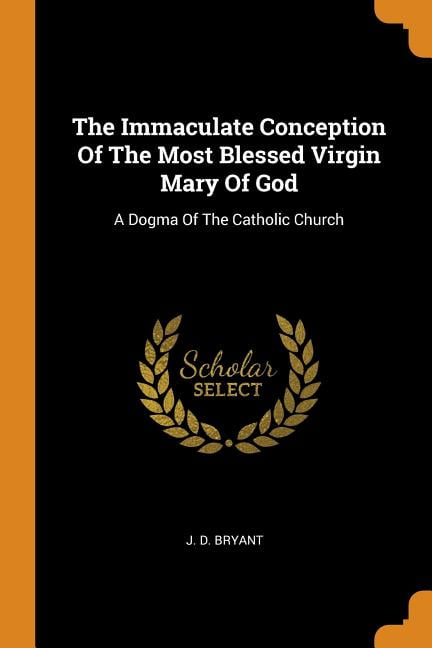

How was this possible when the Bible says little about its Mary, the mother of Jesus? In time, this exaltation was also accompanied by RCC theological developments supportive of the accorded titular status. The pathway to the present status may be traced in accordance with various titles to Mary exalting her to a special but identifiable status. In this dialogue model there is no centre of authority allowing for interconnectivity to enrich the subject (Parkhouse 2019).įrom the present day high status accorded to Mary in the RCC, the thinking that led to this may be variously discerned. Another model, which could be applied to the continual historical adjustments to Marian theology, would see Marian sources, tradition, Vatican pronouncements, publications and dialogue gospels to have interconnecting links. But in the third millennium, one thing is clear: people want Mary as a genuine human woman (Loades 1996:128), a woman of history who continues to connect with people of every historical age (Johnson 2008:17). All of which may also evidence of particular socio-religious-cultural influences and trajectories, nourishing Marian piety, consequences of influences such as the dialogue gospels, 2 feminism, Islamic theology, spiritual manifestations, pilgrimages, shrines, images and practices, and hymns. One is almost inclined to ask which Mary must be claimed by believers, given the rich tradition that accompanies the Roman Catholic Church's (RCC) art, symbolic prefiguring of Mary in its theology, dogma, liturgy and list of saints. On the one hand, one has the Marian church, and on the other, the more masculine Petrine church opposed to Marian devotion (Beattie 2005:426). Perry (2006:9) describes Marian devotion to be divided. This image of Mary remains for most Protestants, but for some, there are indications of change that are coming about (cf. Prayers made to her 1 are for intercession and to Jesus, her Son for the forgiveness of sins and for salvation. Mary's regard in the Christian Church has been undergoing a gradual change in recent and present church history. Keywords: Mary Theotokos incomplete Mary John Paul II assumption of Mary immaculate conception mediatrix Catholic doctrine. For that reason, this article suggests that the Mary of the Catholic Church is still a figure in the making in stark contrast to the Mary of the Bible and classical Protestant theology and Reformed Christian faith. That means that it cannot be finally accepted as divinely revealed and infallibly defined. While Mariology depicts Catholic doctrine, it is not defined by the Magisterium. This was necessary to address assumptions and claims such as Mary's continual virginity, assumption into heaven and mediating role(s). Consequently, traditional theology began to accommodate the inclusion of Mariology in its taxonomy. In due time, this title served to support the addition of numerous other Catholic titles for Mary such Mother of the Church, queen of heaven, and more. For classical theology, this title affirmed and sharpened the definition of the undivided divinity and humanity of Mary's Son, Jesus.


The most influential title for Mary accepted by the Christian Church was that of Theotokos. These titles served to buttress the historical and present day claims made among the Roman Catholic Church's faithful. Early Christian Church history attests that Mary was accorded titles which did not reflect in the New Testament. It has taken two millennia to arrive at the Roman Catholic Church's Mary - a figure similar but distinct from the biblical account of Mary. Department of Systematic Theology and Apologetics, Faculty of Theology, North-West University, Potchefstroom, South Africa


 0 kommentar(er)
0 kommentar(er)
